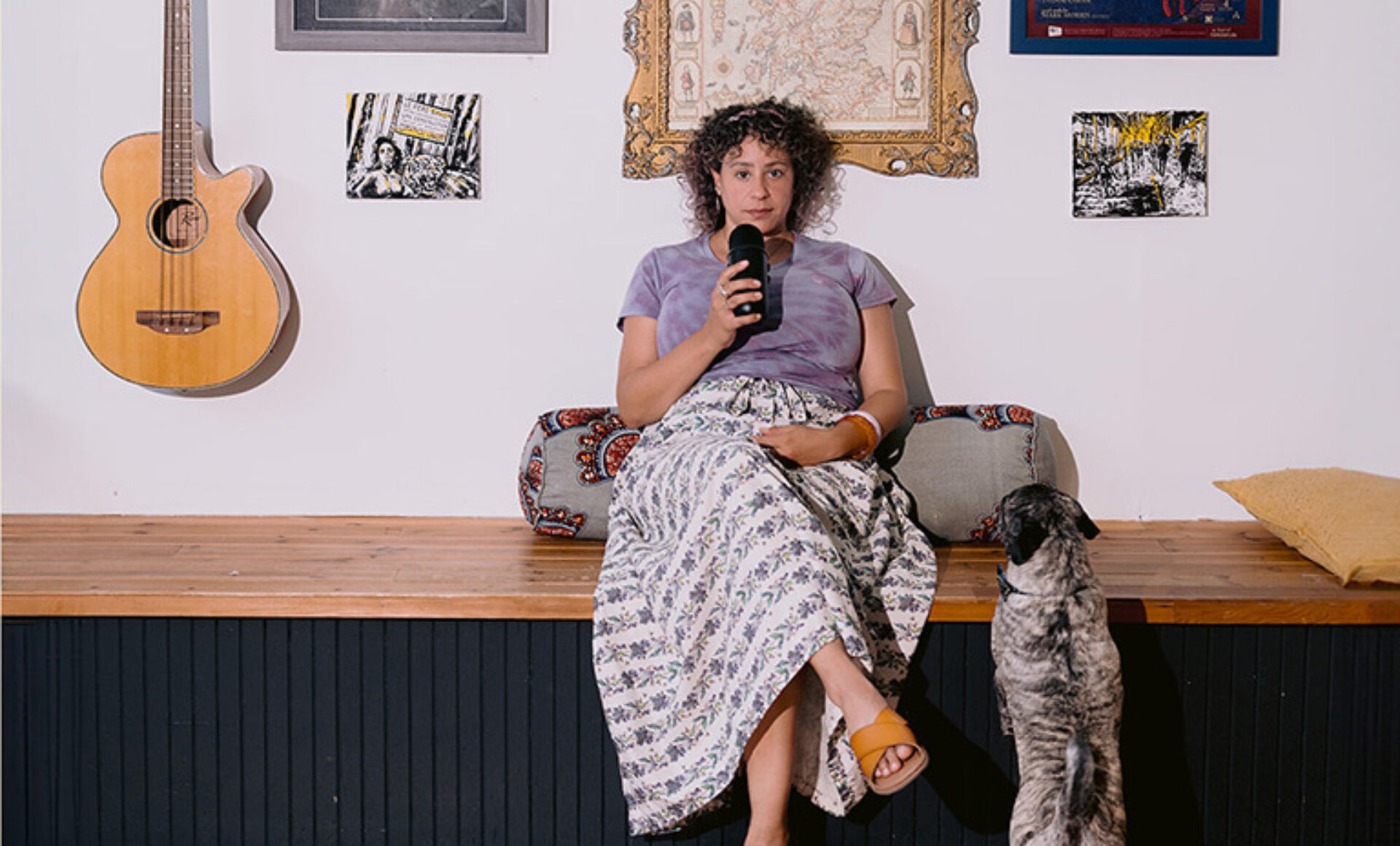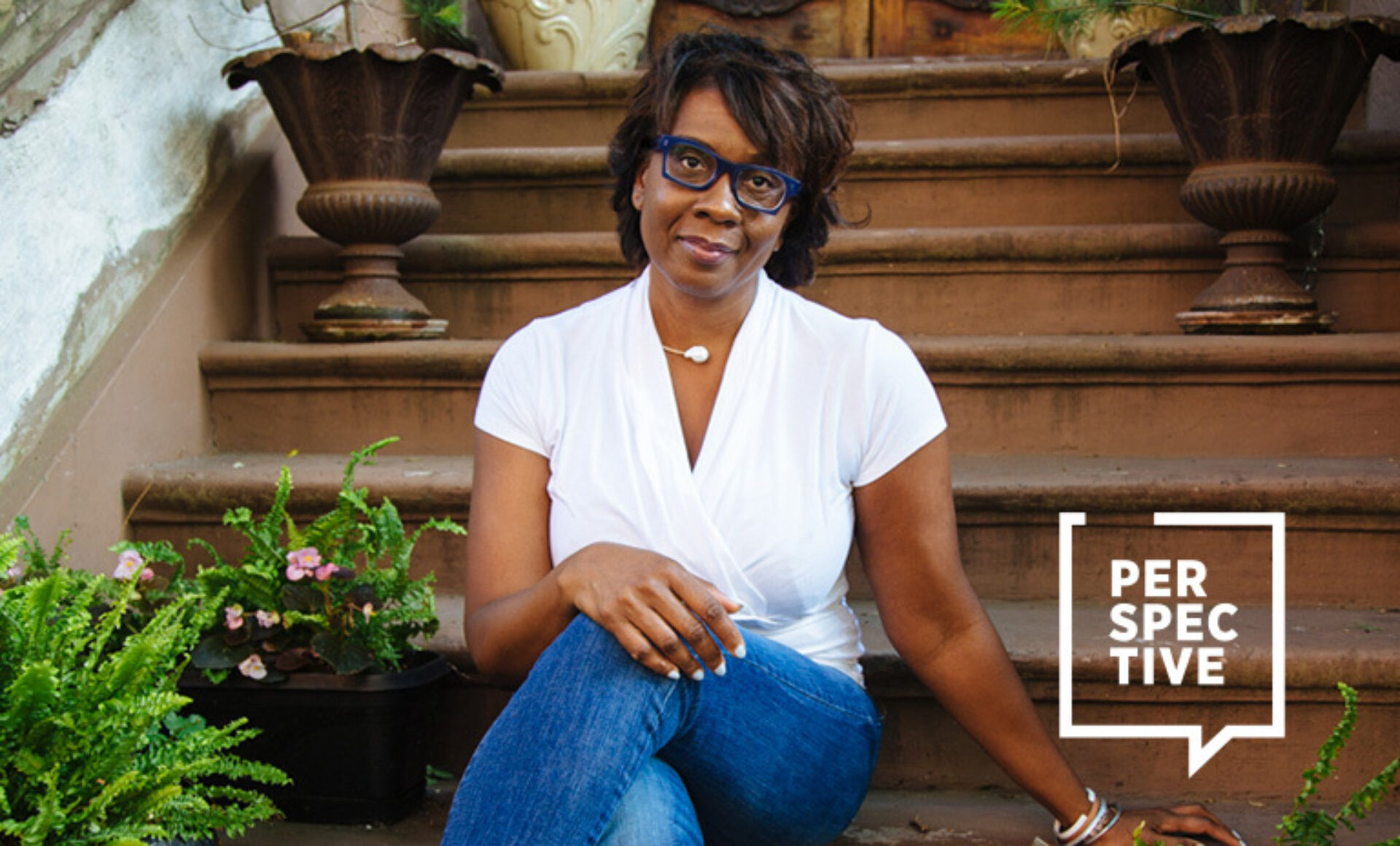Going out on your own can be daunting, whether you are a seasoned professional, new to the field, or somewhere in between. There’s no way to know everything, and no amount of consulting or mentorship can really prepare you for all of the ins and outs, highs and lows. Tobi Wray, IIDA, owner and founder of Design Well Spent Co., and Brian Graham, IIDA, founder and creative director of Graham Design, who have been business owners for four and 25 years respectively, both experienced a learning curve when opening their companies.
Wray, a member of IIDA’s Pacific Northwest Chapter, spent a decade in corporate design and management before opening her Seattle-based business in 2020. Design Well Spent specializes in hospitality and retail design, while offering other services such as branding and graphic design.
Graham struck out on his own in 1999 when he started Graham Design, which focuses on furniture and products for workplace and healthcare spaces. Based in San Francisco and a member of the IIDA Northern California Chapter, he has more than three decades of design and architecture experience. Graham will receive the Leadership Award of Excellence at the IIDA San Francisco Leaders Breakfast later this month.
We asked Wray and Graham to weigh in about what they wish they knew before starting their own businesses. Read their responses—very useful for new or soon-to-be business owners—below.
Responses have been lightly edited for length or clarity.
Wray:
I feel like I went into my business with mostly realistic expectations. Early on, I got advice from a peer to make sure to line up the right team to support me—a contract attorney, an insurance broker, and an accountant. What I wish I had known, was how hard it is to be profitable and how important it is that you cover yourself contractually for your time and time overages. This is a big deal in our industry; clients want to see multiple iterations or make endless changes, but that takes time, and time is money.
The longer I have been running my company, the better I have gotten about making sure it’s clearly spelled out how much time is included in the contract and letting our clients know up front that we will have to charge for multiple revisions or additional hours. It’s a hard lesson to learn because I lost a lot of money that way in the early days, but it truly is the foundation of our business.

Graham:
There are four major things I wish I’d known:
It’s important to have a grounding in business terminology. My father did me a great favor by buying me a subscription to Fortune magazine—a title that, by the way, is perfect for anyone in business to aspire to. His reasoning was that I needed to learn the lexicon of business so I could better understand and relate to businesspeople. He was absolutely right. Thanks, Dad.
Design the business. Often, design practices are born from one project for a single client, which is fine—but it’s just the beginning. When I started out, I didn’t have a client or a project, per se. So, I spent time designing the business to attract and support a variety of design projects.
There might be lawyers. Actually, there will be lawyers. I used to take pride in not needing a lawyer for the first 15-plus years of my practice. But as my wife wisely pointed out, “You don’t want to hire a lawyer when you need one.” So, I found a lawyer after seeing him at a CreativeMornings meetup on Vimeo, gave him a call, and he’s been my lawyer ever since. Sure enough, I needed him about a month later. Good call by my wife.
A.B.C.
One of my favorite scenes in “Glengarry Glen Ross” is when Alec Baldwin delivers his “motivational” talk to the sales team. Remember it? “A.B.C. A. Always. B. Be. C. Closing, Always Be Closing.” It’s so true. I know designers typically don’t like to think of themselves as “salespeople,” but the reality is, we are. Acknowledge it, embrace it, and get good at selling your work. It will serve you well.








